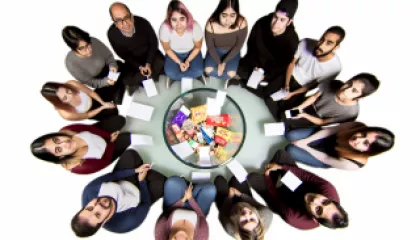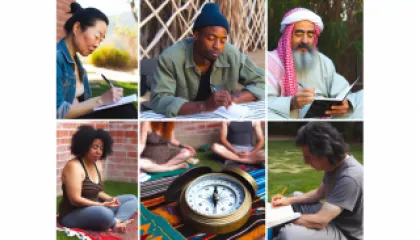Exploring Cognitive Restructuring Techniques: A Research Summary
1 year ago
Cognitive Restructuring Techniques
Overcoming Family Feuds: My Journey to Peace
1 year ago
Family Conflict Resolution
Understanding Grief: Insights from Recent Studies
1 year ago
Grief
Unraveling the Science Behind Breaking Bad Habits
1 year ago
Breaking Bad Habits
Step-by-Step Guide to Managing Toxic Relationships
1 year ago
Managing Toxic Relationships
Understanding Recovery: A Review of Emotional Abuse Healing Research
1 year ago
Healing from Emotional Abuse
How Can You Effectively Manage Holiday Stress?
1 year ago
Holiday Stress
Top 10 Strategies to Discover Your Life Purpose
1 year ago
Finding Life Purpose
Breaking Barriers: An Interview with a Diversity Expert on Confronting Bias
1 year ago
Confronting Bias
Rethinking Academic Stress: A Personal Perspective
1 year ago
Academic Stress
Sparking Change: My Journey to Inspire and Motivate Others
1 year ago
Motivating Others
Top 10 Diverse Relationship Types Redefining Love
1 year ago
Relationship Diversity












